Two containers of sand are arranged like the block as shown in fig. the containers alone have negligible mass, the sand in them has a total mass Mtot , the sand in the hanging container H hs mass m.
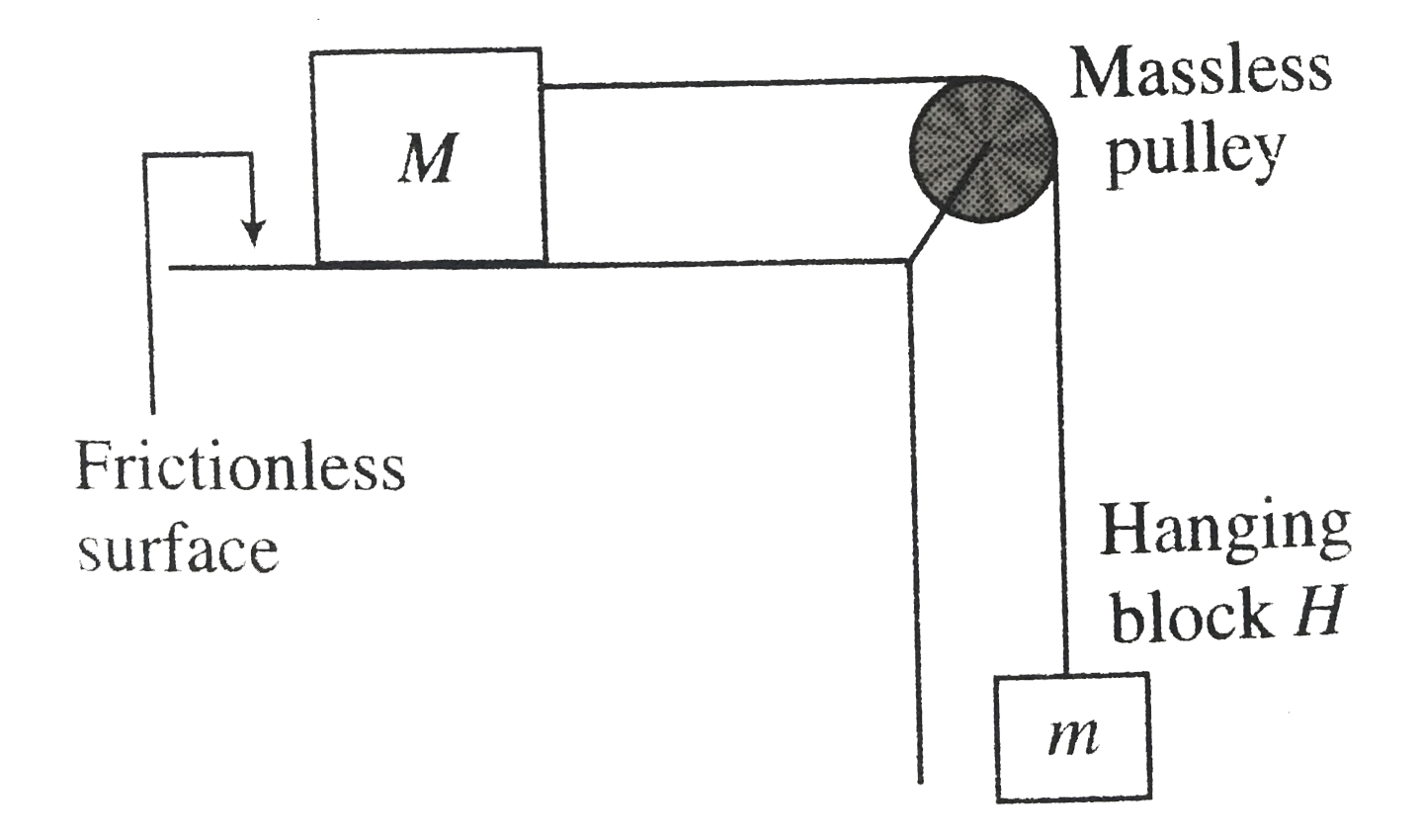
To measure the magnitude a of the acceleration of the system, a large number of experiments carried out where m varies from experiment to experiment but Mtot does not, that is, sand in shifted between the containers before each trial .
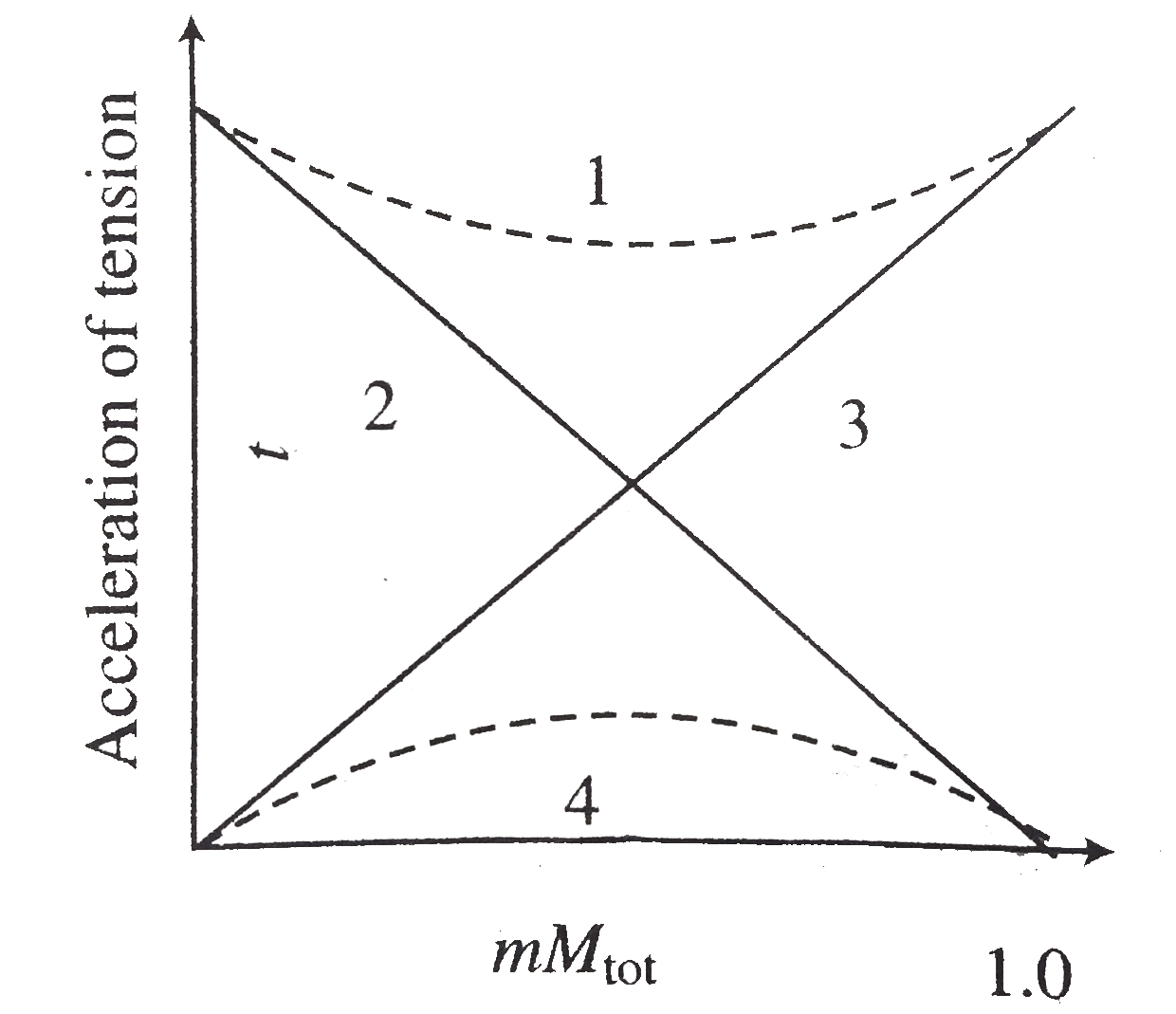
Which of the curves in graph correctly gives acceleration magnitude as a function of the ratio m/Mtot (vertical axis is for acceleration)?
1
2
3
4
The correct Answer is:c
a=(MMtot)g
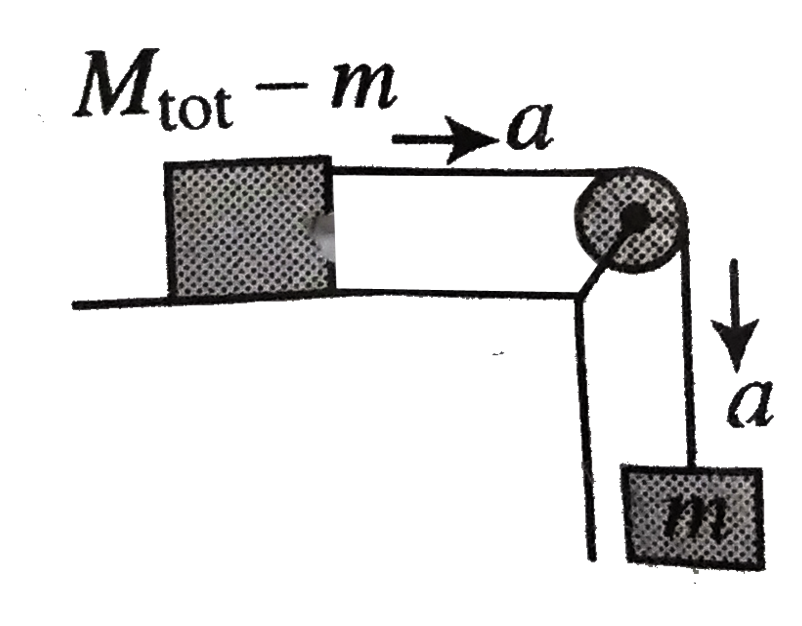
Topper's Solved these Questions
- NEWTON'S LAWS OF MOTION 1BOOK - CENGAGE PHYSICS ENGLISHCHAPTER - NEWTON'S LAWS OF MOTION 1EXERCISE - Integer
5 Videos
- NEWTON'S LAWS OF MOTION 1BOOK - CENGAGE PHYSICS ENGLISHCHAPTER - NEWTON'S LAWS OF MOTION 1EXERCISE - Assertion-reasoning
15 Videos
- MISCELLANEOUS VOLUME 2BOOK - CENGAGE PHYSICS ENGLISHCHAPTER - MISCELLANEOUS VOLUME 2EXERCISE - INTEGER_TYPE
10 Videos
- NEWTON'S LAWS OF MOTION 2BOOK - CENGAGE PHYSICS ENGLISHCHAPTER - NEWTON'S LAWS OF MOTION 2EXERCISE - Integer type
1 Videos
Similar Questions
Two containers of sand are arranged like the block as shown in fig. the containers alone have negligible mass, the sand in them has a total mass Mtot , the sand in the hanging container H hs mass m.
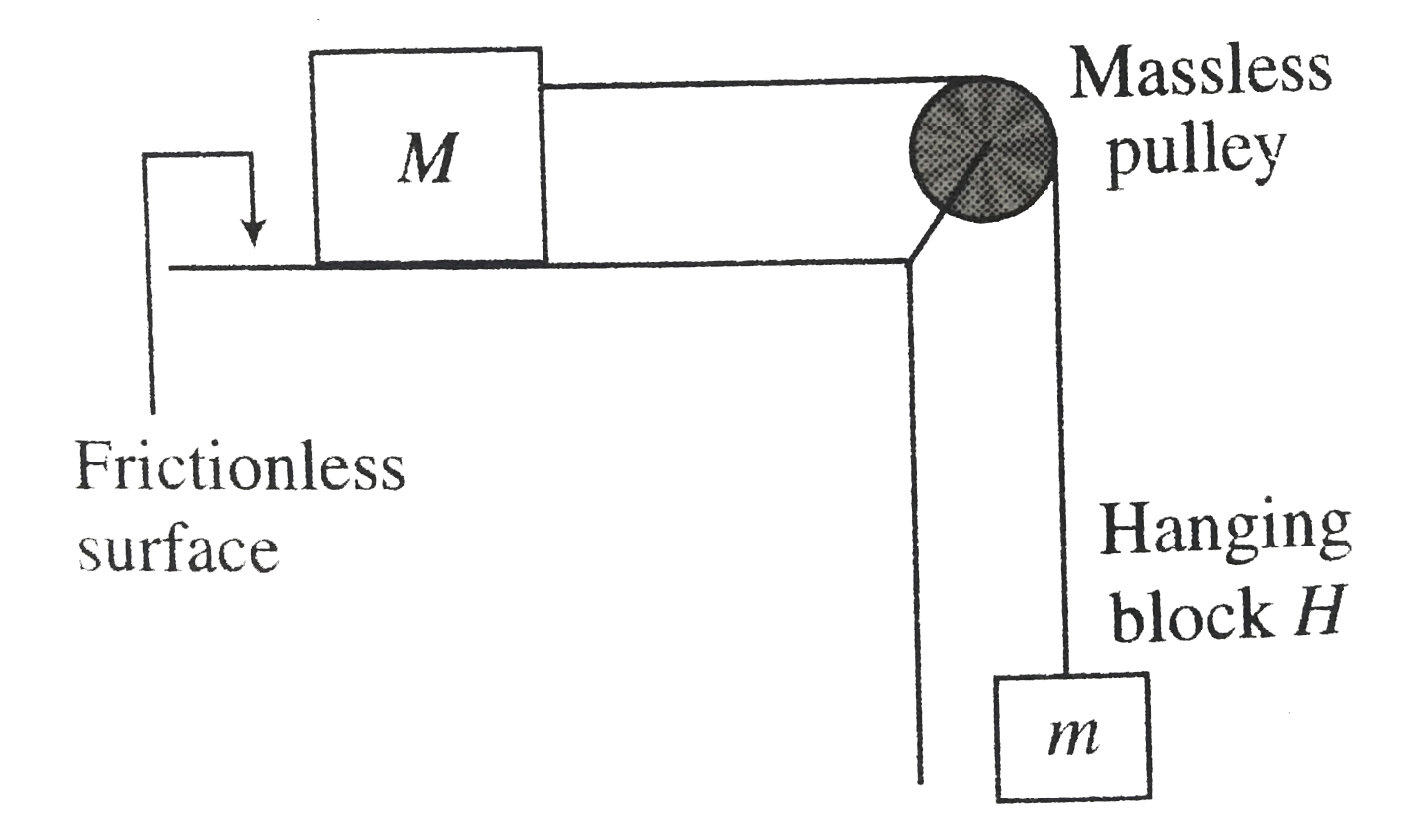
To measure the magnitude a of the acceleration of the system, a large number of experiments carried out where m varies from experiment to experiment but Mtot does not, that is, sand in shifted between the containers before each trial .
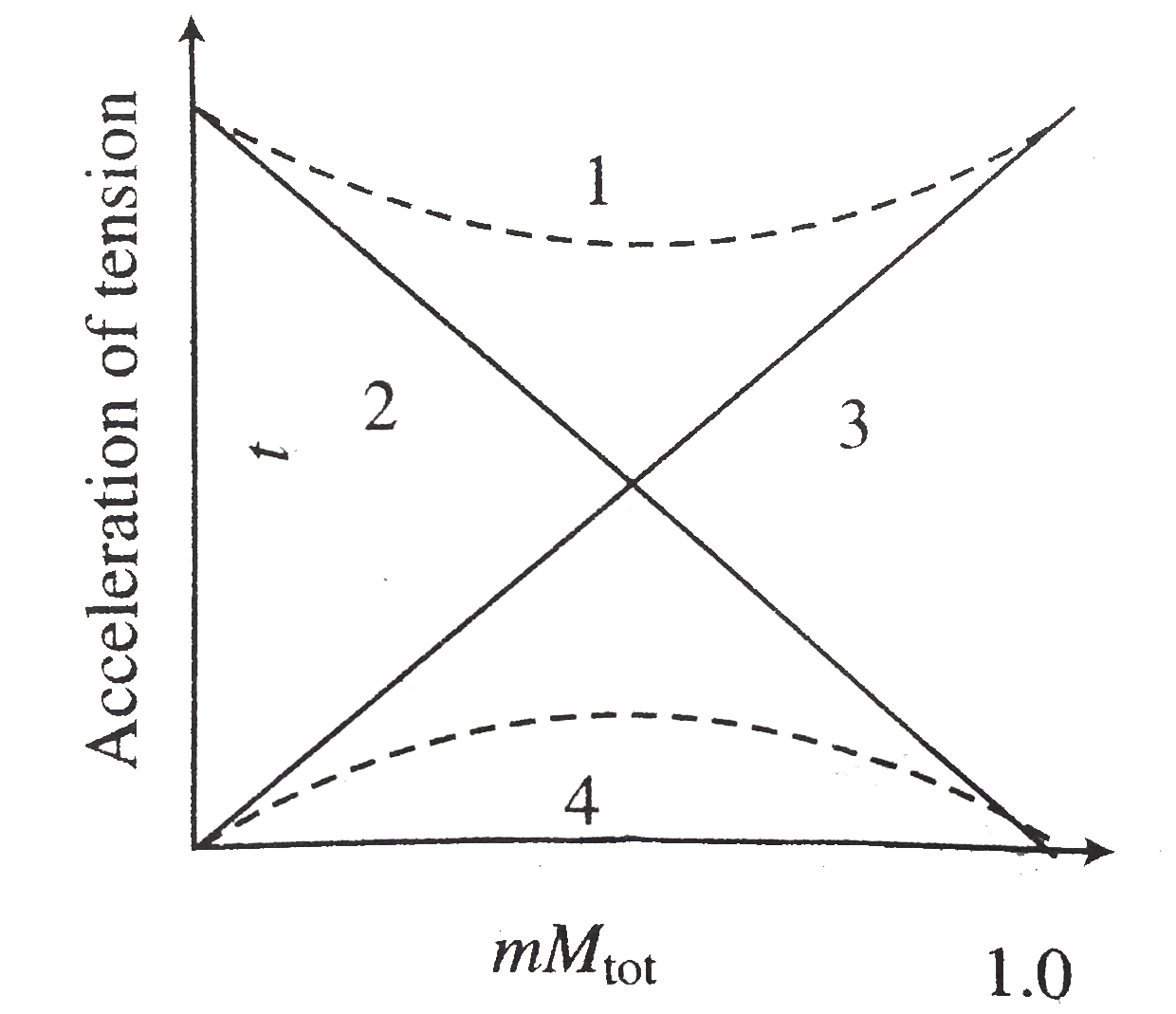
Which of them gives the tension in the connecting cord (vertical axis is for tension) ?
View SolutionTwo masses m and M are attached to the strings as shown in the figure. If the system is in equilibrium, then
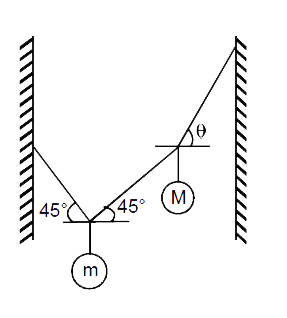
View Solution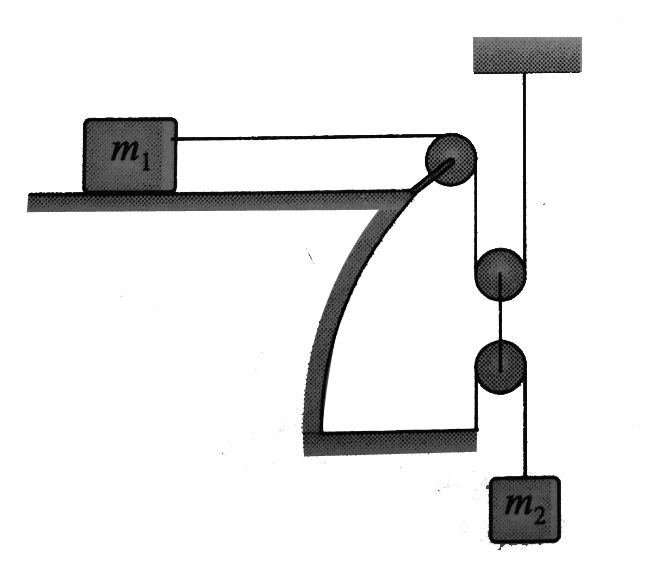
Two blocks of masses m1 and m2 are connected as shown in the figure. The acceleration of the block m2 is :
View SolutionTwo blocks each having a mass M are placed as shown in the figure. The accleration of the system is:-

View SolutionThe magnitud of difference in accelerations of blocks of mass m in . Both the cases shown below is
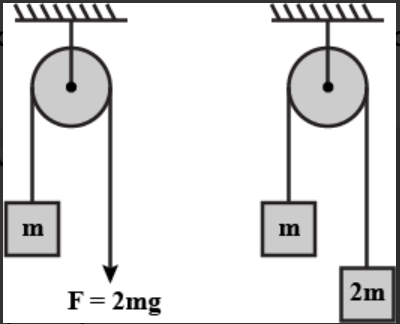
View SolutionIn the arrangement shown in fig. pulleys are smooth and massless. Threads are massless and inextensible. Find acceleration of mass m1.

View SolutionIn the arrangement shown in fig. the block of mass m=2kg lies on the wedge of mass M=8kg. The initial acceleration of the wedge, if the surfaces are smooth, is
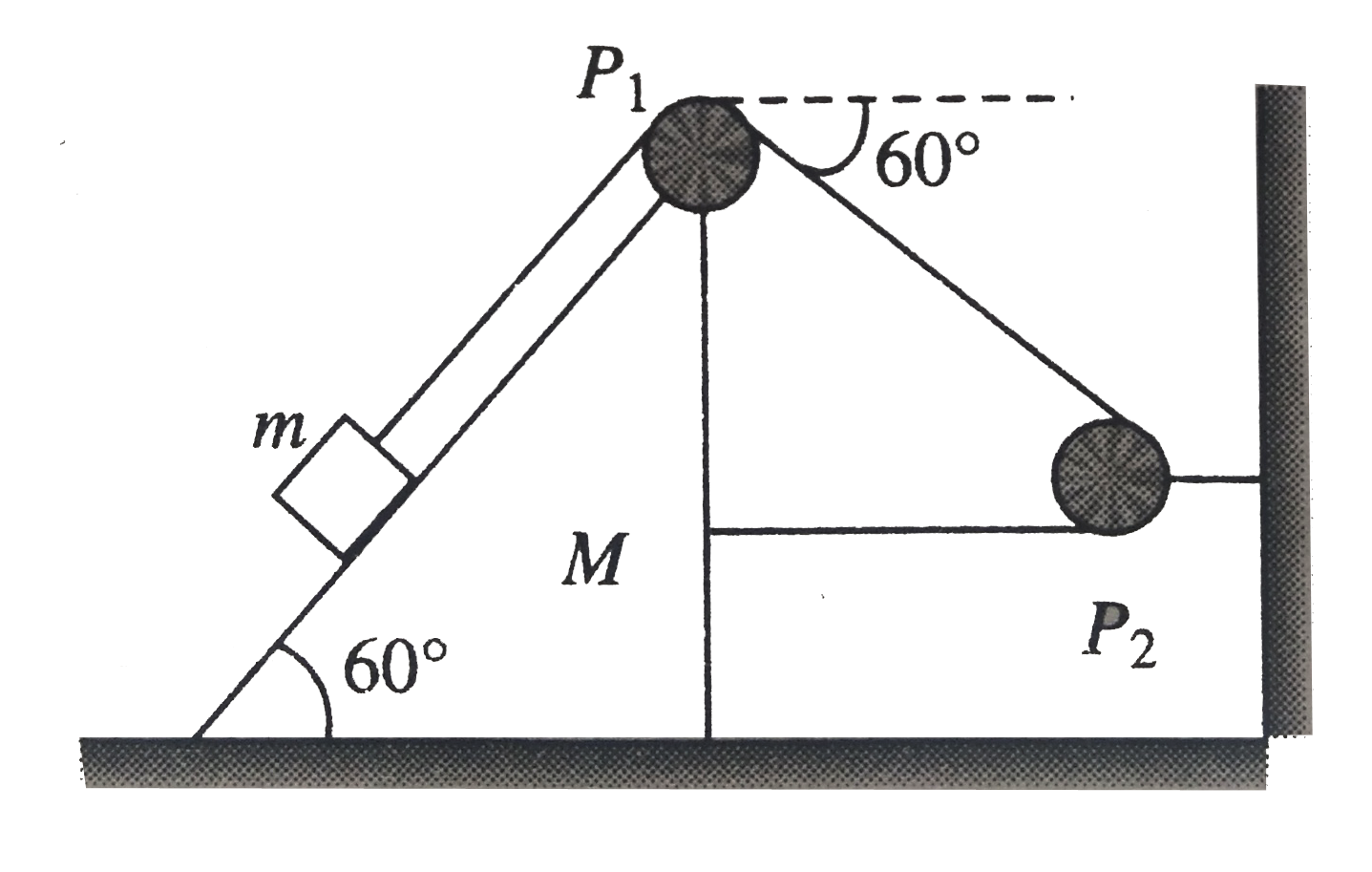
View SolutionTwo block of masses m1 and m2 are connected as shown in the figure. The acceleration of the block m2 is:

View SolutionThe pulley arrangements shown in figure are identical, the mass of the rope being negligible. In case I the mass m is lifted by attaching a mass 2m to the other end of rope with a constant downward force F=2mg, where g is acceleration due to gravity The acceleration of mass m in case I is
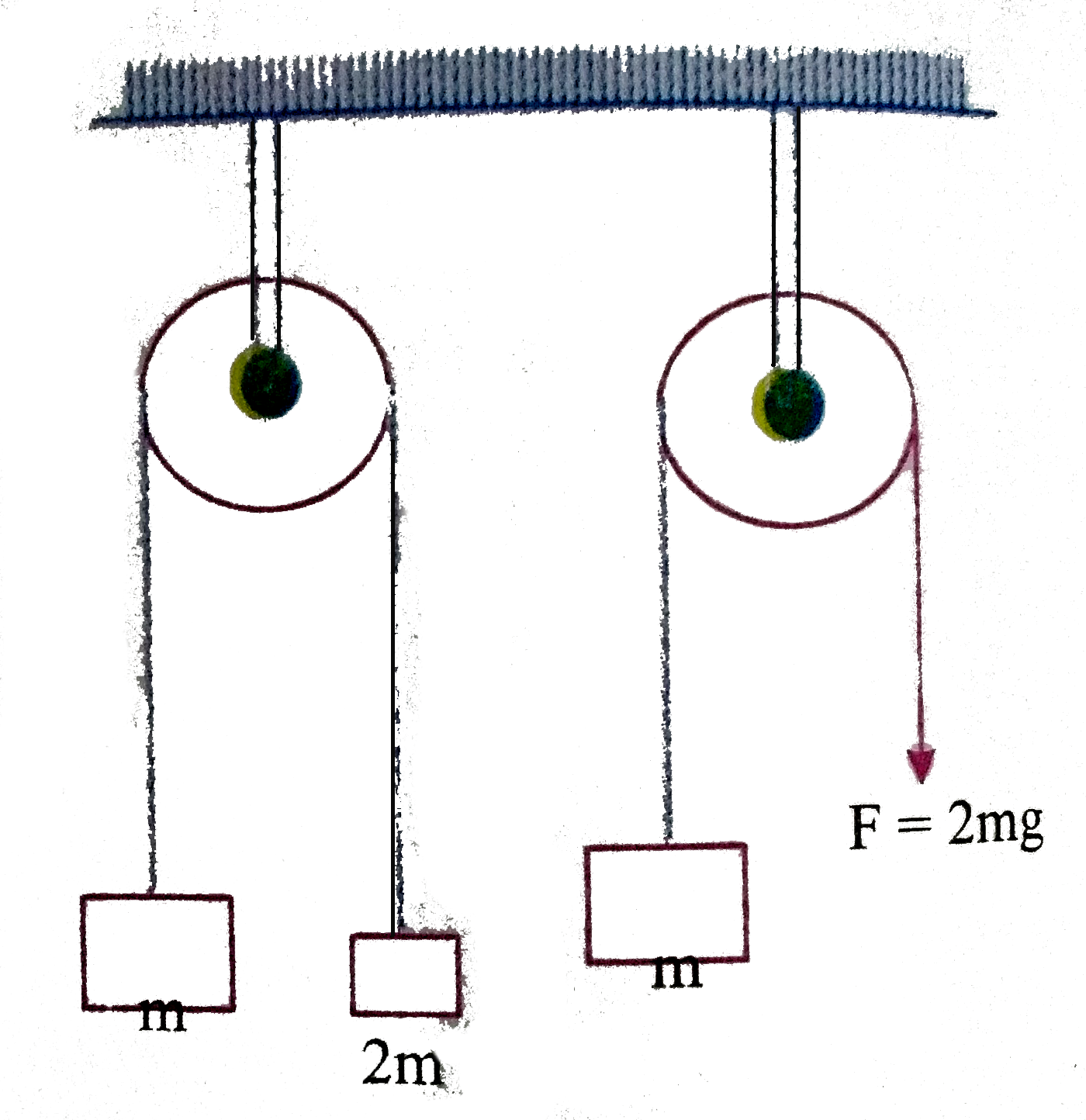 .
.
View SolutionTwo identical ladders are arranged as shown in the figure. Mass of the block is m and the mass of each ladder is M. The length of each of the ladder is L. The system is in equilibrium. What is the magnitude of frictional force acting at A or B?
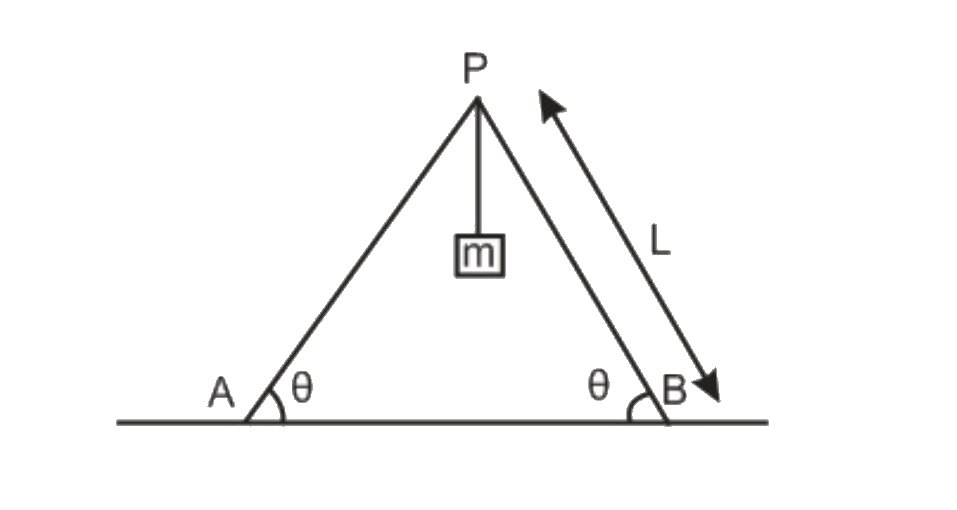
View Solution
